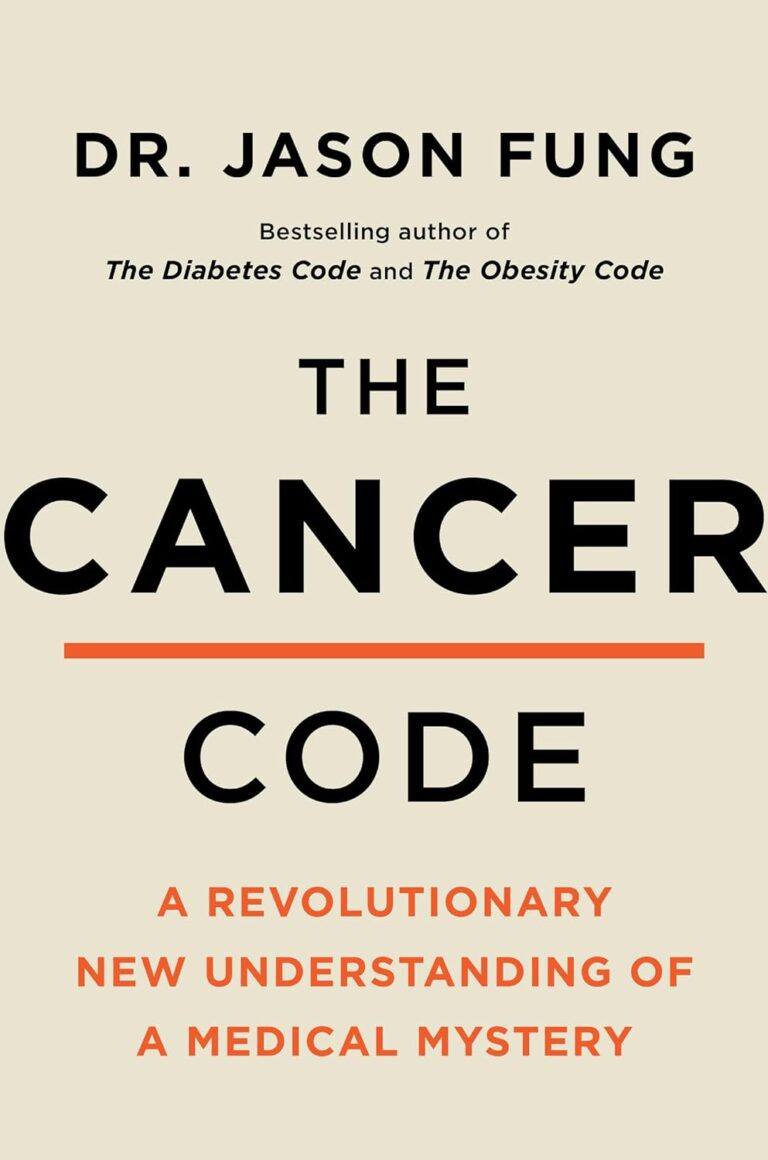
Cancer is a complex disease that poses a significant challenge to modern medicine. Among the host of drugs that have been developed to combat this menace is a compound known as Cisplatin. This article delves into the detailed aspects of Cisplatin’s workings and its critical role in the field of medicine.
Introduction
Cisplatin, or cis-diamminedichloroplatinum (II), is a platinum-containing anti-cancer drug that has played an integral role in cancer treatment since its approval in 1978. It stands as a cornerstone in the chemotherapy arsenal due to its efficacy in treating various forms of cancer.
Detailed Definition of Cisplatin
Cisplatin comprises platinum surrounded by two chloride atoms and two ammonia molecules. Its unique chemical composition enables it to interact directly with the DNA of cancer cells, thereby disrupting their replication and growth.
The discovery of Cisplatin’s anti-cancer properties was somewhat fortuitous. In the 1960s, researchers observed that cells exposed to an electric field in the presence of a platinum electrode exhibited halted division. This led to the development and eventual harnessing of Cisplatin as a potent anti-cancer agent.
How Cisplatin Works
Upon administration into the patient’s body, Cisplatin undergoes a series of transformations due to the body’s slightly acidic environment. The chloride atoms are replaced by water molecules, thereby allowing Cisplatin to bind with DNA of mutating cancer cells.
Its interaction with the cellular genetic material forms a structure that prevents DNA replication, thus stopping cancer cells’ division and growth. Concurrently, this DNA modification triggers cellular processes that steer the cell towards programmed cell death (apoptosis), further curbing cancer propagation.
Get to know us better
If you are reading this, you are in the right place – we do not care who you are and what you do, press the button and follow discussions live

Usage of Cisplatin
Cisplatin is versatile in its application, demonstrating efficacy against numerous types of malignancies, including testicular, ovarian, bladder, lung, and head and neck cancers.
Apart from oncological application, Cisplatin’s DNA-altering properties have also been useful in treating certain non-malignant diseases, where overactive cell proliferation is an issue, such as psoriasis and rheumatoid arthritis.
Multiple case studies document Cisplatin’s remarkable successes in cancer treatment, often providing a lifeline to patients for whom other treatments have failed.
Side Effects and Risks of Using Cisplatin
While Cisplatin is effective against cancer, patients can experience side effects that range from mild to severe. Common side effects include nausea, vomiting, hair loss, and decreased kidney function.
More severe risks involve irreversible kidney damage, nerve damage leading to neuropathy, and deafness. Measures such as hydration strategies and co-administration with protective agents have been used to mitigate these effects.
The Current Research and Future Prospects of Cisplatin
Recent research on Cisplatin is exploring ways of refining its use to minimize side effects and maximize efficacy. Innovations in drug delivery techniques, for instance, are showing promise in reducing the systemic toxicity of Cisplatin while enhancing tumor targeting.
The future outlook for Cisplatin remains promising, with ongoing research potentially improving its efficiency and expanding its application scope in the battle against cancer and other diseases.
Conclusion
Cisplatin’s impressive track record and vital role in treating various types of cancers solidify its position as a key weapon in the world of chemotherapy. It is critical that research into Cisplatin and similar compounds continues, broadening our arsenal against the widespread and devastating disease that is cancer.
FAQs
- What is the role of Cisplatin in cancer treatment?
Cisplatin works by interacting and binding with the DNA of cancer cells, thereby inhibiting their replication and growth, and steering them towards programmed cell death.
- How is Cisplatin administered to patients?
Cisplatin is administered intravenously, typically as part of a broader treatment regimen that may include other chemotherapy drugs. The dosage and schedule are customized based on various factors such as the type of cancer, the patient’s health status, and the response to treatment.
- What are the possible side effects following Cisplatin treatment?
Possible side effects range from nausea and vomiting to more severe consequences such as irreversible kidney damage, nerve damage leading to neuropathy, and even hearing loss. Protective measures are used to mitigate these effects.
- Can Cisplatin be used in combination with other cancer treatments?
Yes, Cisplatin is often used alongside other drugs to enhance the overall effectiveness of treatment. It is also commonly combined with radiation treatment in what is known as chemoradiation.
- What is the significance of recent research on Cisplatin?
Current research is exploring ways to refine Cisplatin usage to minimize side effects and maximize efficacy. Innovative drug delivery techniques are being investigated to reduce toxicity while enhancing tumor targeting, which could greatly improve Cisplatin’s clinical application.

















Comments
Thank you. Comment sent for approval.
Something is wrong, try again later